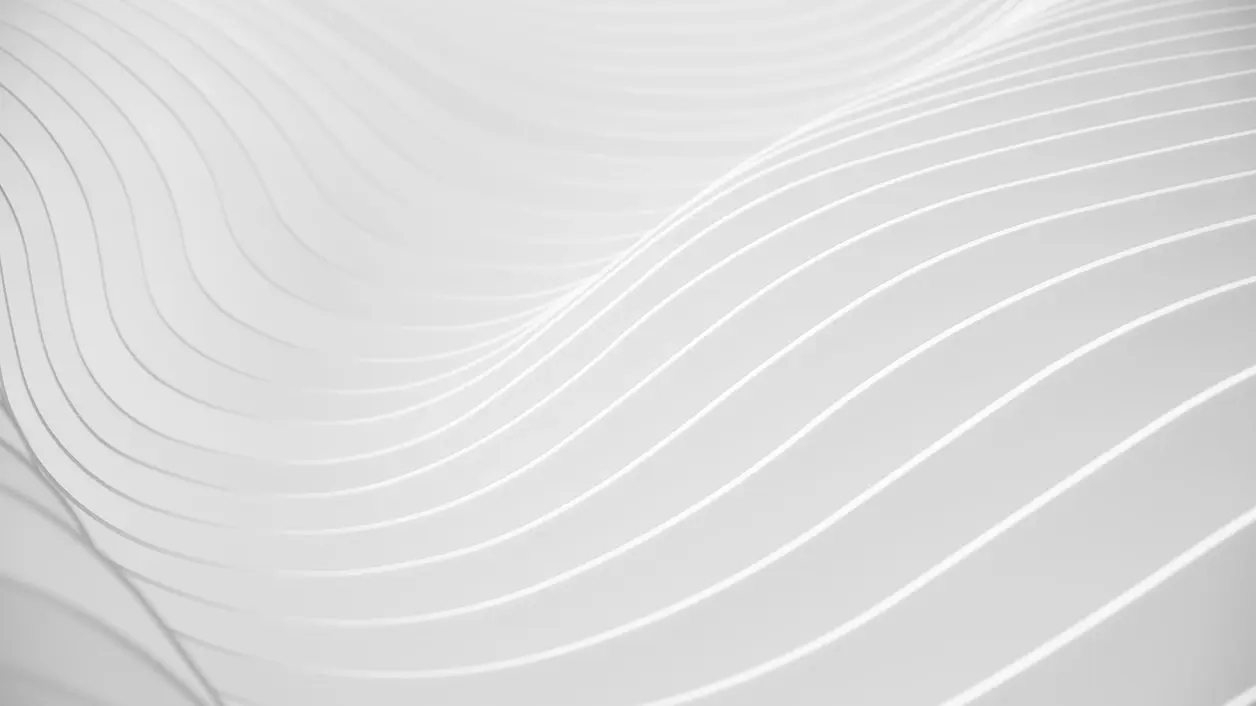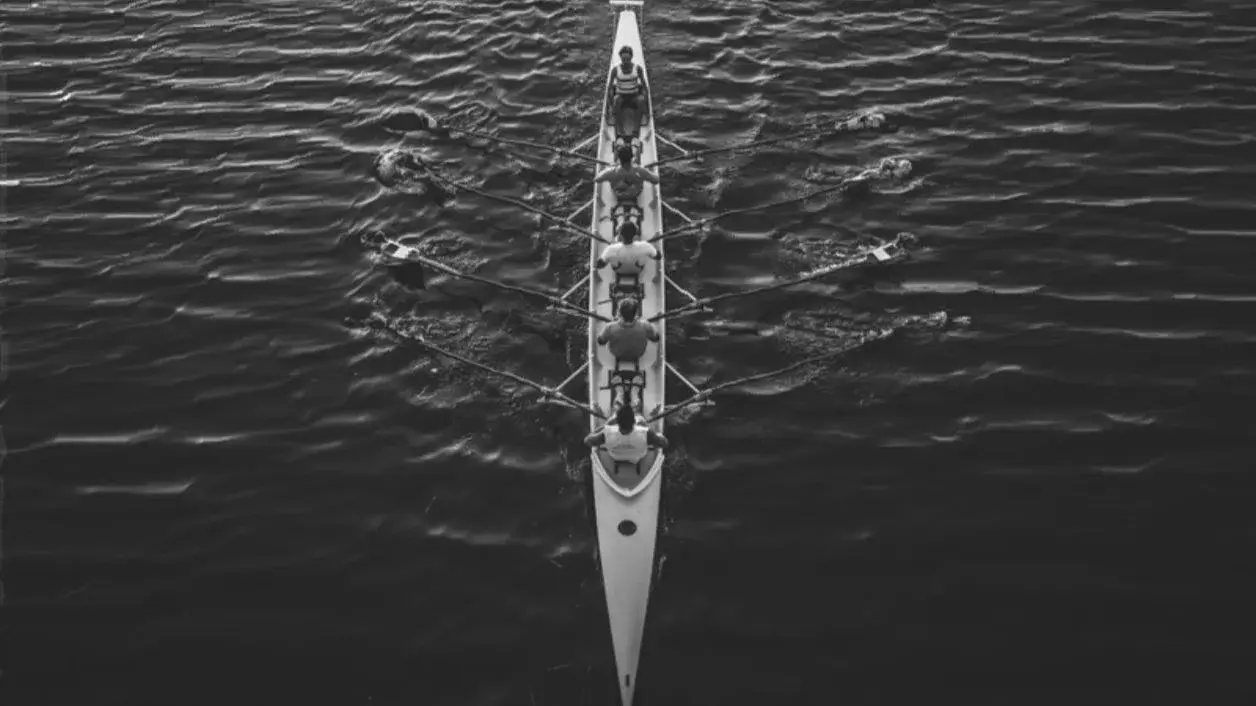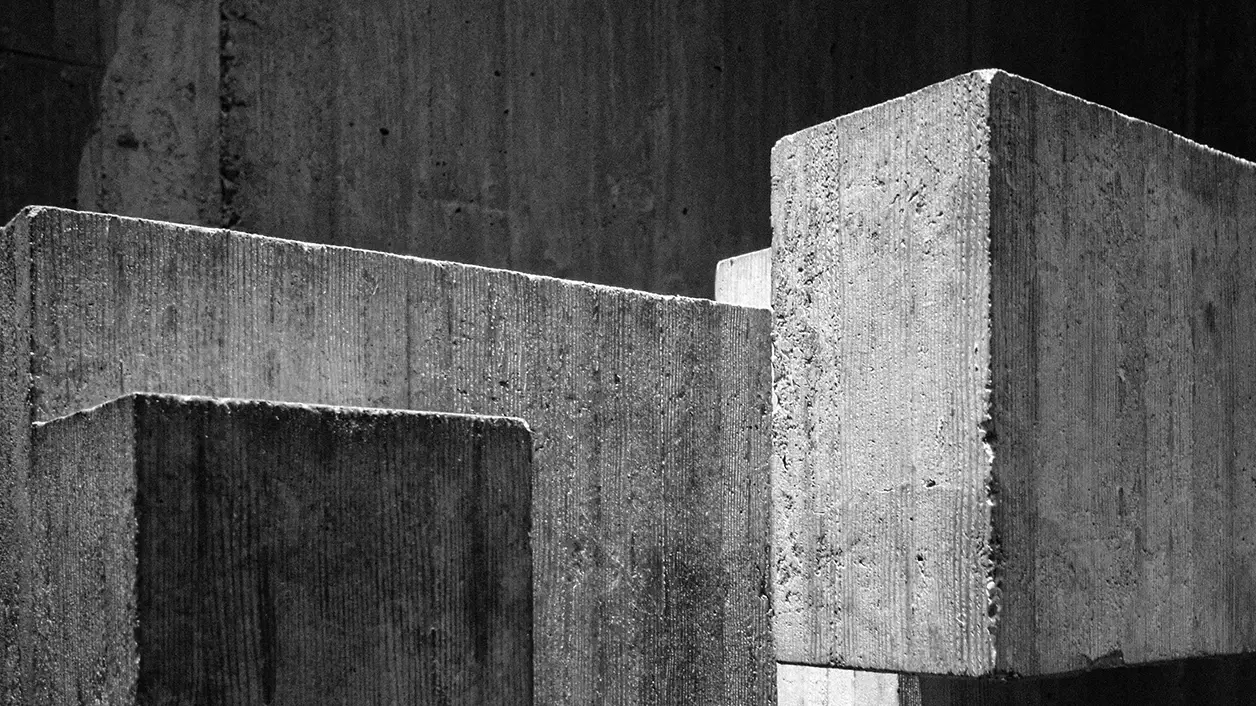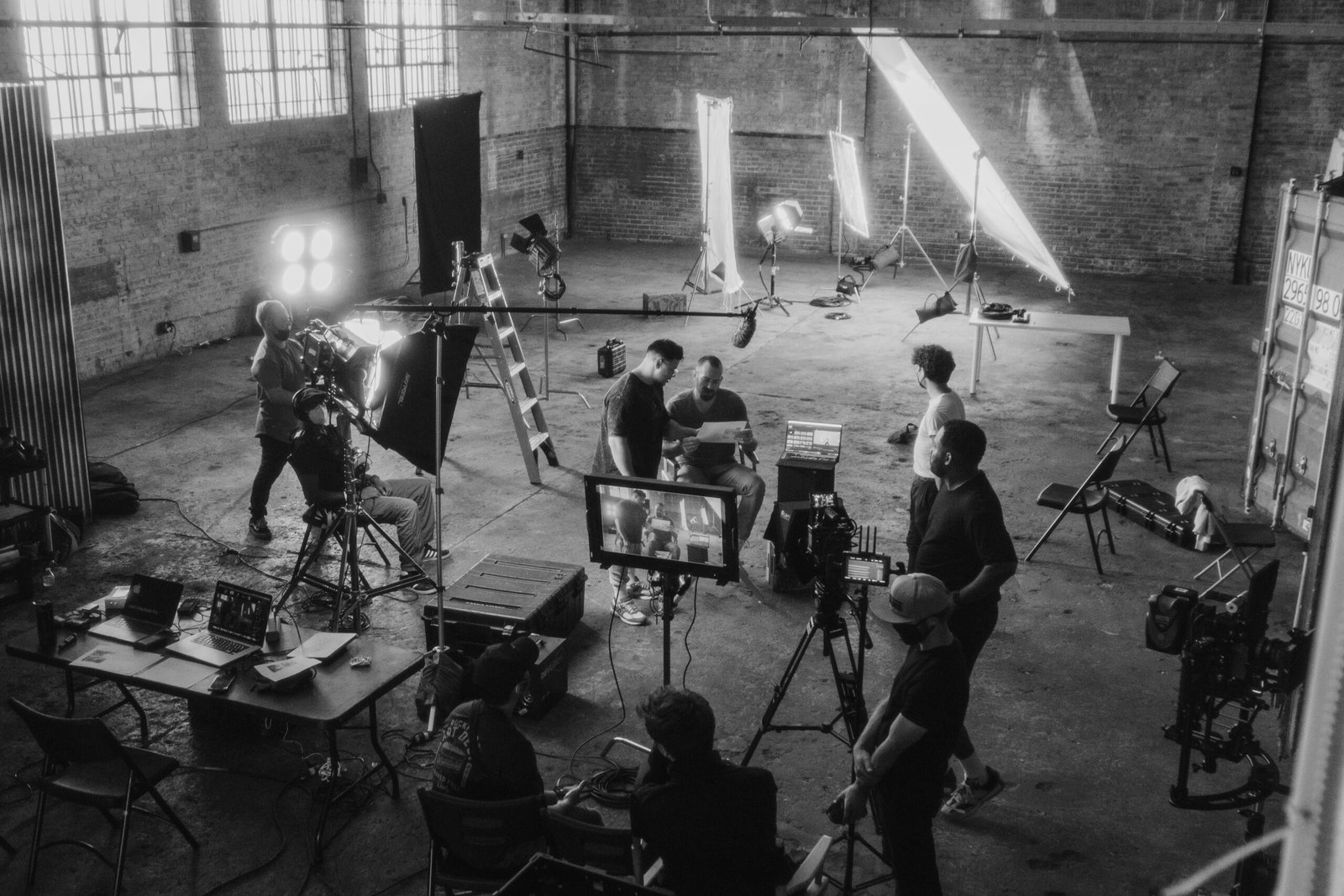Digital product design approaches are evolving rapidly, building on advances in computing power, analytics, and artificial intelligence. According to a newly released Mckinsey report, companies that flourish at design increase revenues and shareholder returns at twice the rate of their industry counterparts. So that naturally begs the question: why aren’t more companies following suit? After interviewing some 200 senior design leaders and 100 top executives, the answer became abundantly clear: there was a lack of clarity about where and how senior design leaders can contribute, and uncertainty about how much to expect of them in their role.
The uncovered metrics proved to not just be deflating but also tremendously damning for C-level executives and their (lack of) understanding regarding the importance of hiring senior design leadership. Only one-third of CEOs could detail what their CDO oversaw at the company. In other words, 66% of CEOs couldn’t say what their CDO actually did, or how that success should be measured. No wonder only 10% of CEOs reported that a senior designer played a meaningful role in the company’s strategy.
As a result, Mckinsey determined that there were three interconnected interventions that must be applied in order to course correct the current misconceptions and confusion regarding senior design leadership roles:
- Embrace user-centric strategies improving not only products and services but also the full user experience, and in some cases, the organization itself.
- Embed your senior designer into the C-suite while cultivating a collaborative top-team environment in which your design leader will thrive.
- Make the most of user data through a balance of quantitative and qualitative design metrics and incentives that enhance user satisfaction and business performance.
Where Do Digital Product Designers Fit In During a Launch And How Do They Function Differently From UX Designers?
Running a comprehensive process, digital product designers are responsible for creating and overseeing a software application, website, or platform that provides clear value to its users. It covers designing for both the UI (user interface) and UX (user experience). What most end-users take for granted – sleek, efficient, and easy to use platforms or apps – a digital product designer is tasked with ideating from start to launch while utilizing a strategic, data-driven approach that involves careful consideration, market research, prototyping, user testing, regular improvement based on feedback, A/B testing, and much more.
Often mistaken for a UX designer, a product designer focuses on many similar elements to UX designers such as overseeing pre-launch efforts, conducting research, and enhancing customer journeys and workflows from a process standpoint. However, product designers tend to exhaust more of their time and energy on the system as a whole (big picture) along with the interface, ensuring the application presents and functions impeccably on both a granular and holistic level.
Applying many of the tactics used in traditional product design, expert digital product designers approach the launch of a new product in a three pronged process:
- System Design addresses the problem that the product attempts to solve on a macro level. System design balances business needs (turning a profit) with customers needs (say, convenience), and considering these factors will help you set your pricing, additional charges for immediacy or perks as well as other premium product features.
- Process Design is all about figuring out the steps involved for the end-user to fulfill an order or achieve their goal on the App. Again, you’ll consider both your customers’ needs and your business needs, balancing them out as best you can. Additionally, you may provide upselling perks or features before checkout without risking cart abandonment.
- Interface Design is the creation of an efficient, engaging, and clean interface that keeps customers coming back over and again.
If these three systems of digital design seem glaringly obvious once written on the page, their application requires a product designer to not only be attuned to the aesthetics of an app, but also, to have a foundational comprehension of the business at large. The best product designers are able to synthesize both the aesthetic and business functions of their product while always maintaining a compassionate understanding of the user’s experience.
Ideal candidates will demonstrate a range of soft skills and hard skills during the interview process (see prepared sample questions below) as well as an understanding of increasingly popular, digital design trends covering a variety of industries.
Building Digital Products Designed to Satisfy Businesses & Consumers – Not Necessarily Alike
Grasping the psychology of the consumer plays a significant role in the efficacy of a product designer’s career. Not only do product designers need to have their finger on the pulse of UX and consumer trends, high level designers ought to perceive their function within a company as an analytical yet compassionate observer who never becomes incurious or impregnable in their thinking. They are responsible for their customers’ experience.
To provide a truly outstanding customer experience, digital product development must be grounded in a user’s qualitative needs. Product designers must understand the user’s desires and priorities from inception – not to mention prior to launch. In fact, 80% of consumers found that the experience a company provides is as important as the services rendered. This only further demonstrates how necessary it is for product designers to understand why these users are “hiring” the product and what it is they uniquely value in the product itself. This may take the form of a company overhaul or large scale rebranding.
Formerly TripActions, Navan was rebranded over the last year and closed a $154 million equity funding round, including capital from returning investor, venture capital firm Andreessen Horowitz. This is the latest among a bevy of fintech apps to garner attention by servicing businesses around the globe as well as the average personal consumer. TripActions ditched a $2 billion brand name to complete a design overhaul along with an infusion of capital.
As of earlier this year, the Palo Alto headquartered Navan boasted a $9.2 billion valuation, and the newly minted travel and expense software startup had its own corporate card as well as an expense management app reimbursing employees for out-of-pocket business travel in just 24 hours. Unifying the travel experience, Navan has expanded to 6,300 corporate customers, including Unilever, Adobe and Netflix—up from fewer than 3,900 at the end of 2021.
The app functions as an artificial-intelligence-powered receipt-scanning tool, which automatically loads and categorizes items from printed receipts into an expense report, matching them to credit-card charges. As for its business clients, companies pay a subscription fee to use the app, which also lets users book from thousands of airlines, hotels, and car-rental services. Hoping to eliminate expense reports, the app now even features a customer service chatbot named Ava, which uses OpenAI to field queries from your everyday travelers and company finance teams.
For Navan, the rebranding was more than just a name change. There was a newfound emphasis on rebuilding its software for people. Meanwhile, the rebrand happened simultaneously with the launch of a better-functioning app. Before Navan, there were a multitude of different apps for managing expenses, events and meetings, payments, etc. The new app was laser targeted for an extremely customer-focused experience that solved problems in a user friendly way akin to Doordash but within Enterprise and SMB. That’s why Navan Connect exists — to connect directly to the banks for easy expense management every time you swipe a card.
While Navan fits neatly within the fintech space, let’s take a look and analyze the industry success of a nontraditional app’s product design for its popular and friendly UX accessibility. Winner of the 2022 Webby Award for Best User Experience, the 2022 Webby People’s Voice Winner for Best User Experience, and the People’s Voice Winner for Television, Film, and Streaming, Media.Monks’ Netflix: The Witcher – Welcome to the Continent managed to do the seemingly unthinkable: create a groundbreaking second season tie-in for the hit Netflix TV show all the while developing a user interface that was easily accessible for a fanbase craving a deeper dive into a multi-platform brand name property.
While not for lack of trying, the entertainment industry has long struggled to take advantage of cross-platform world building (remember Black Mirror’s “Bandersnatch” episode?). Starting as a video game in the mid aughts, The Witcher was subsequently adapted into a hit television show on the streamer, and capitalizing an already digitally savvy viewership, the Media.Monks’ app managed to embolden and deepen the world building with a cross promotional app. Not only did the app help catapult the Season 2 launch to the most watched program on Netflix, but it provided an alternative and complementary storytelling environment enhancing the pre-existing lore surrounding The Witcher.
Keeping the video game and TV show’s lore in mind, The Witcher – Welcome to the Continent allowed users to traverse an interactive map, untangle timelines and discover original, world-building and immersive content implementing a self-built WebGL framework. As one main inspiration has been the franchise itself: the look-and-feel of the site reflected and extended the magic of the show.
5 Interview Question for Hiring the Best Digital Product Designers
In a proliferating digital landscape, hiring the right product designer may hinge upon the success of a new app launch or a product all together. Pinpointing the correct candidate is a skill in and of itself. Let’s take a look at a series of common interview questions collated from a pool of experienced interviewers.
- How do you generally approach new projects? How do you decide where to start? This question tells the interviewer about a candidate’s framework for approaching macro-level design problems–how and when they engage different members of their team. It also covers the specific kind of research–or lack of research–typically employed by the candidate from journey mapping strategies (whether they plot out the various steps a user might take while using your product), their familiarity with Figma, knowledge of code, Keynote, data analysis, etc.
- How do you ensure the best possible design ends up in the product? This question allows the interviewer to interpret how the candidate guides the implementation of their design. How do they work with engineering and QA? Do they regularly review their work as it’s translated into code? Do they report issues? Do they maintain documentation? Creating Dribbble-worthy designs and meticulously red-lined Figmas is all for nothing if the design never makes it into the product.
- Can you tell me about a time that you had to simplify a complex problem? How did you explain this to team members or stakeholders that aren’t in the product industry? Translating one’s own experience and evaluating prior work is an essential component to being an excellent product designer. Not only are hard skills required, but lucid and efficient communication across multiple teams is equally as important to being a successful candidate. All candidates should have an example of a previous project’s inadequacies documented and how the candidate was able to communicate said problems to team members in order to galvanize and expedite a solution
- How do you know if you’ve made the correct design decision? This question gives you the opportunity to show the interviewer how much you understand the user testing process, as well as how you approach analyzing and measuring user experiences. User testing—which is part of a user-centered product design—is one of the most important aspects of a product designer’s job. Candidates should leverage the STAR method to explain a situation where you used data and user testing to make sure you’ve made the correct design decision. This will provide context and further strengthens his or her answer because it shows the candidate has real experience with this important skill.
- What do you think will be the next big thing in UX design? This question demonstrates that a candidate is constantly learning and keeping his or her finger on the industry’s pulse. Employers not only want to see that you’ve got the skills to do the job. They also want to see that you’re passionate about your work and that you do the ongoing work of keeping your UX skills in shape. Don’t get too hung up on making the most accurate prediction for the future. This question serves to show more about whether you’re aware of what’s going on around you and the direction in which the industry is moving. This is a good time to talk about any books or UX design blogs you’re currently reading.
Despite pervasive C-level confusion regarding the function of a Chief Design Officer, there is a constant that has remained the same over time. Product designers are responsible for the end user – whether that’s a consumer buying a new phone or a manager subscribing his company to a digital delivery service. Hiring premier level product designers requires a clarity of vision from both parties. Designers are unequivocally instrumental to the success of your launch or rebranding, and if there’s one element that has proven true, they are an essential component to helping you understand your users and processing those insights into the marketplace growth of your product as well as its technical future.




